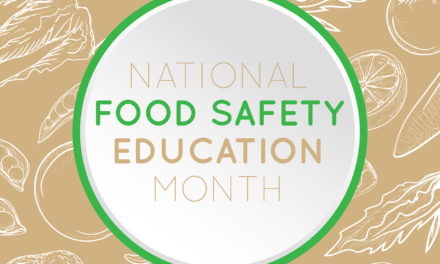This article was originally published in Elavon’s Payment Smart newsletter. The Washington Hospitality Association’s Payment Solutions is backed by U.S. Bank/Elavon.
Gift recipients have long-loved receiving gift cards during the holidays, making them the most requested holiday gift for nearly 15 years, according to the National Retail Federation. For a business there are bottom-line advantages to selling gift cards, including attracting new customers, extending holiday shopping beyond its season, profiting from unredeemed gift cards, and reducing returns.
As we enter a gift-heavy holiday sales season, here’s a look at some recent data on gift card spending:
- Around 40-50 percent of gift card purchases are made in the November/December time frame.1
- Spending on gift cards is estimated to increase by 27 percent over this time last year to about $270 per person.2
- The average denomination for gift cards purchased at this time last year was about $45 and consumers typically spent 40 percent more than the value of their gift card.2
- The global prepaid card industry surpassed $2 trillion last year thanks to gains in gift cards.3
- The gift card market is now projected to hit $4.1 trillion by 2027 – which is about 50 percent higher than many pre-pandemic estimates.3
- Quick-serve restaurants often see a 6 percent increase in average check size for online orders paid with a gift card.4
The pandemic contributed to double digit-growth during last year’s holiday season as consumers sought contactless ways to spread holiday cheer. This year, because of the ease of giving a gift card, more people shopping online, and the growing concern over slower delivery times and inventory issues, gift cards are well-positioned for another successful holiday season.
If you have not already done so, please contact me to place your order for digital, electronic or physical gift cards.
1Supplychaindive.com*
2Blackhawk Network Payment Service Survey*
3Global Industry Analysts*
4Paytronix’s 2019 Gift Card Sales report*



















![Webinar replay! [Ask a Lawyer] Best hiring practices](https://wahospitality.org/wp-content/uploads/2024/05/CatherineHiring-webinar-150x150.png)









